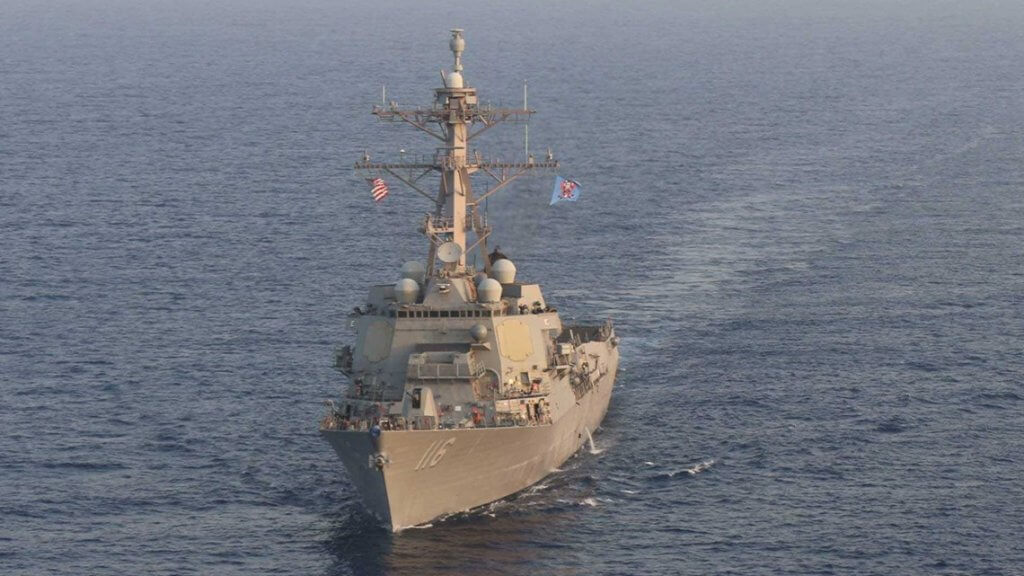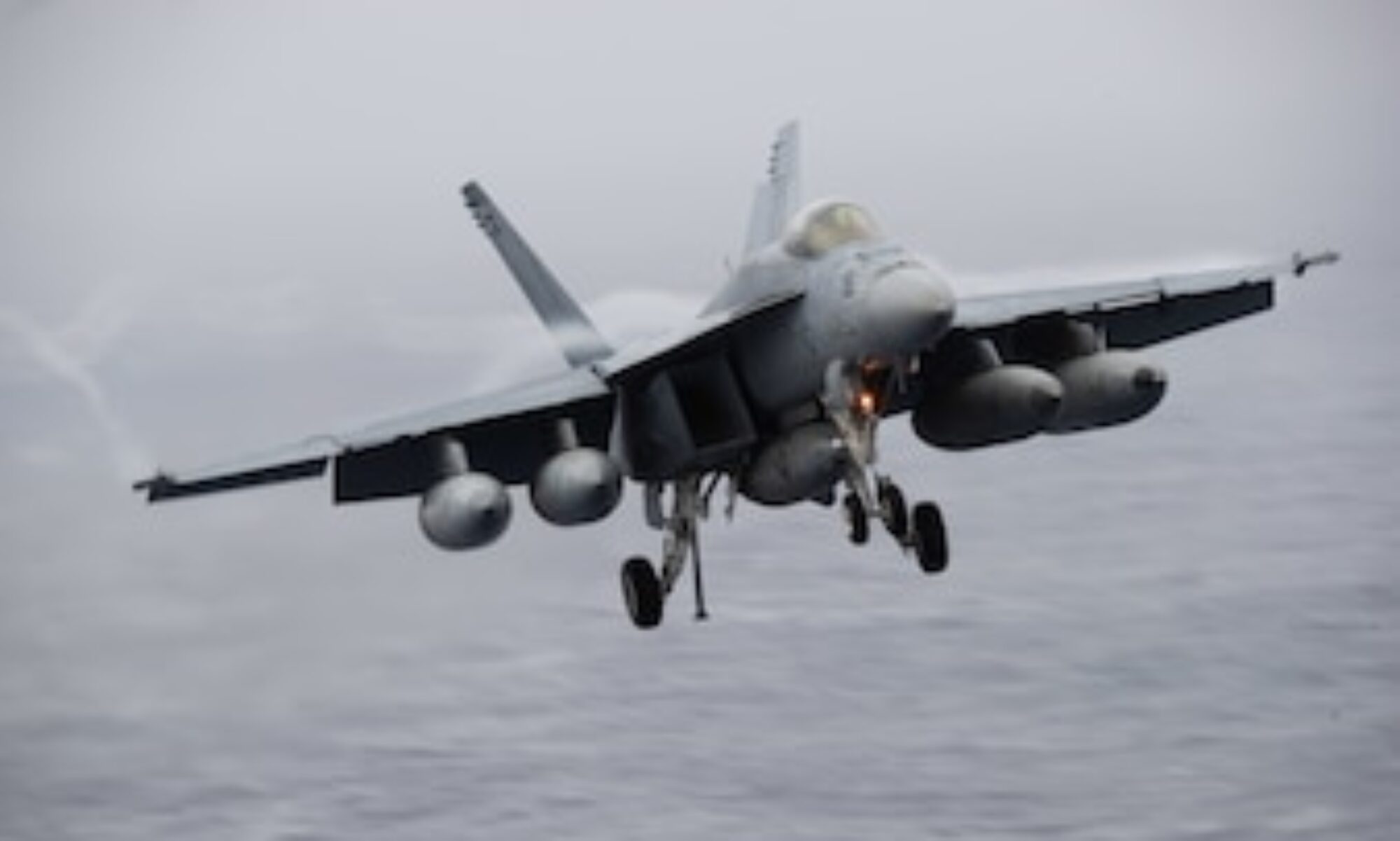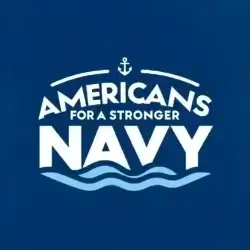
Quick Take
The U.S. Navy has repositioned two guided-missile destroyers to the Eastern Mediterranean as Israel braces for potential retaliation from Iran. These warships bring advanced missile defense capabilities and reflect America’s commitment to stability and deterrence in a volatile region.
While those remain in place, the Trump administration cut its boosted naval presence in half over the past month, with the Harry S. Truman carrier strike group heading home to Virginia. The Carl Vinson strike group remains in the Arabian Sea according to news reports.
Naval News Reports
Naval assets also were involved in assisting Israel as Iran fired missiles at Tel Aviv, one official said. It was not immediately clear if ships fired interceptors or if their advanced missile tracking systems helped Israel identify incoming targets.
The United States also is shifting military resources, including ships, in the Middle East in response to the strikes.
The Navy has directed the destroyer USS Thomas Hudner, which is capable of defending against ballistic missiles, to begin sailing from the western Mediterranean Sea toward the eastern Mediterranean and has directed a second destroyer to begin moving forward so it can be available if requested by the White House, U.S. officials said according to the Associated Press.
Background
On June 13, Israel launched its largest airstrike campaign on Iranian territory in decades, targeting over 100 military and nuclear sites. Key IRGC commanders were reportedly killed. Iran is expected to retaliate, possibly through missile strikes or proxy forces like Hezbollah and the Houthis. The U.S. is reinforcing its regional presence by deploying two destroyers equipped with Aegis missile defense systems, while the Carl Vinson carrier strike group remains stationed in the Arabian Sea.
What You Need to Know
1. Why the Destroyers Matter
These Aegis-equipped ships can intercept ballistic and cruise missiles, providing a mobile layer of defense for U.S. assets and Israeli territory.
2. Shifts in U.S. Naval Posture
With one carrier strike group returning home, the deployment of destroyers ensures continued naval deterrence in the region.
3. Iranian Retaliation Is Likely
Despite previous interceptions, Iran retains thousands of missiles and may respond through direct attacks or its extensive proxy network.
4. Diplomatic and Strategic Signals
The U.S. has affirmed its support for Israel while distancing itself from direct coordination. European leaders are calling for de-escalation, but Israeli officials have vowed to continue operations as needed.
Why Americans Should Care
What’s unfolding is a powerful reminder that naval power isn’t just about ships—it’s about protecting global stability, ensuring access to trade routes, and deterring conflict before it erupts. From missile interception to regional assurance, the U.S. Navy plays a vital role in keeping Americans safe—at home and abroad.
Bottom Line
You can’t surge a Navy. America’s ability to respond swiftly in moments like these depends on the strength, readiness, and global reach of our fleet. At Americans for a Stronger Navy, we believe this is the clearest proof yet that sea power is national power—and we call on citizens, leaders, and allies to invest in the Navy that protects our future.

